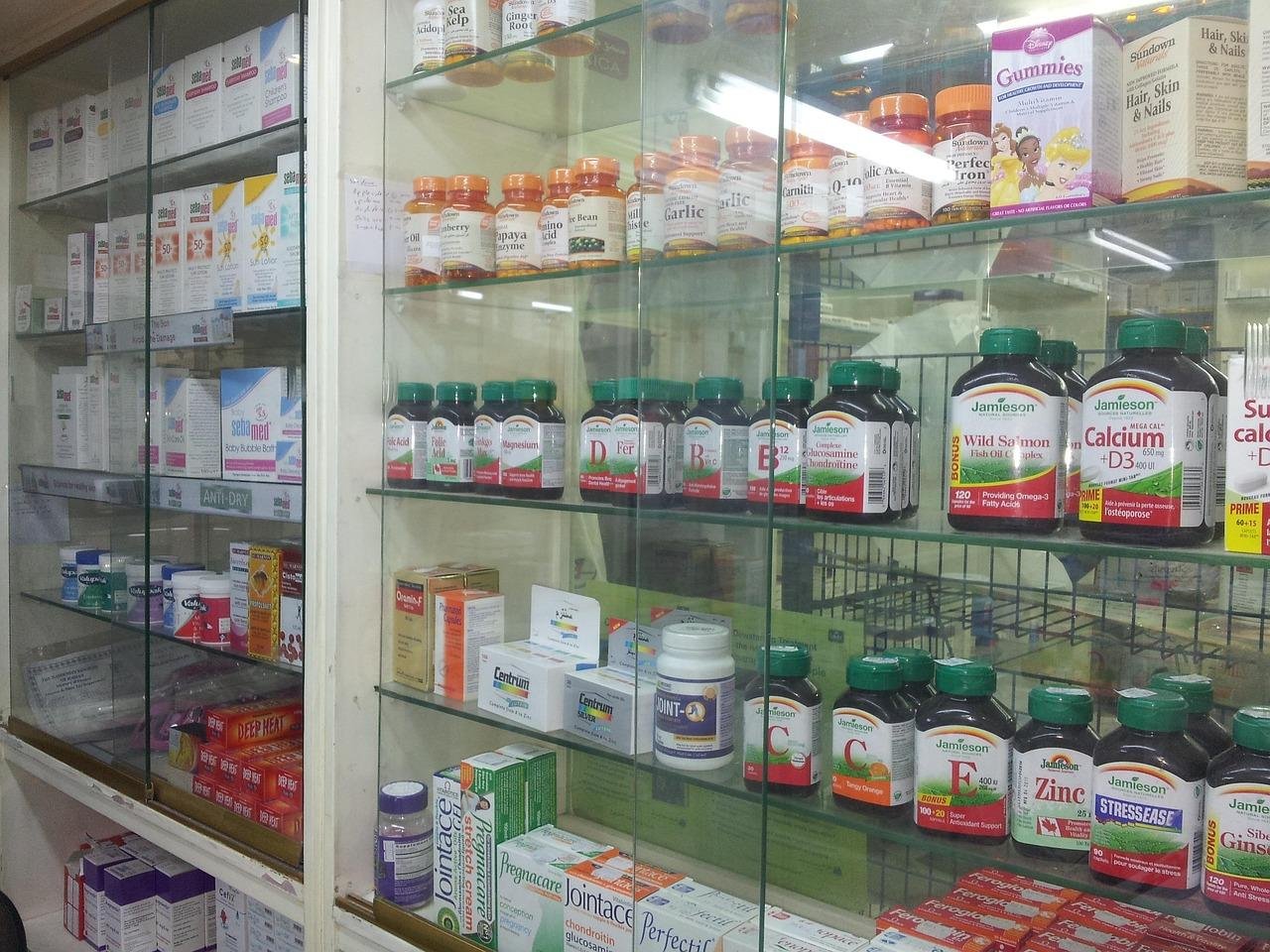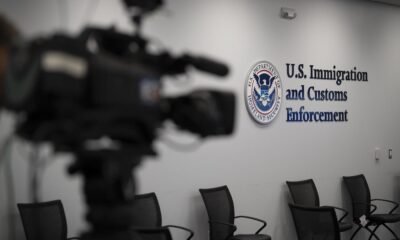Business
Pharmacists Hoard Essential Medications Amidst Looming Trump Tariffs

In a dimly lit basement of a Salt Lake City pharmacy, independent pharmacist Benjamin Jolley faces a looming crisis. He has stockpiled hundreds of amber pill bottles as a defensive strategy amidst a tariff war threatening the pharmaceutical industry.
Jolley and his colleagues express deep concerns that the recently imposed 10% tariffs on imported goods, announced by former President Donald Trump, could financially cripple businesses like theirs, leading to higher medication prices and exacerbating ongoing drug shortages. “I understand the rationale for tariffs, but I’m not sure they’ll be implemented correctly,” he commented, acknowledging the potential for increased supplier costs.
Independent pharmacies find themselves bearing the brunt of tariffs. Many stakeholders in the drug supply chain, including manufacturers and distributors, oppose these tariffs. Experts warn that restrictions on pharmaceutical imports could lead to critical shortages, given the country’s reliance on chemical ingredients sourced from China and India.
Robin Feldman, a professor at UC Law in San Francisco, emphasizes the slow nature of industry change. “Big ships don’t change course overnight,” she stated, addressing the complexities of ramping up domestic production without causing harm to consumers or the industry.
On April 8, Trump hinted at a significant new tariff on pharmaceuticals, which had remained largely untaxed for 30 years. This decision followed reports indicating the U.S. imported $213 billion worth of medicines in 2024, a substantial portion of which came from China and India.
Pharmacists, anticipating even these modest tariffs will affect their bottom line, voice their apprehensions. Scott Pace, owner of Kavanaugh Pharmacy in Little Rock, Arkansas, noted that a potential cost increase of 30 cents per vial can be substantial for smaller pharmacies. “The one word that describes tariffs right now is ‘uncertainty,’” he stated.
To mitigate the impact, Pace has stockpiled an inventory of essential medications to last 90 days. He acknowledges that small pharmacies operate on thin margins, and higher costs without increased reimbursements could spell disaster.
Meanwhile, Neal Smoller, who runs Village Apothecary in Woodstock, New York, remains skeptical. He predicts that rising costs won’t be matched by corresponding increases in reimbursements, leading to unsustainable financial pressure. “Costs are going to rise, but PBMs aren’t going to adjust accordingly,” Smoller explained.
Marta Wosińska from the Brookings Institution notes that while certain manufacturing facilities can be established relatively easily, the broader picture remains complex. Major pharma companies like Novartis and Eli Lilly have signaled intentions to invest in U.S. manufacturing, yet the landscape for generic drugs remains daunting due to financial pressures and competitive constraints.
John Murphy, CEO of the Association for Accessible Medicines, asserts that tariffs alone won’t revive domestic factories for generic drugs. The realities of the market make it economically unfeasible for many companies to consider such investments. Without adequate profit margins, the industry faces dire challenges.
Industry leaders are also wary of the potential repercussions of tariffs on essential components. Companies like Fresenius Kabi raise concerns that tariffs on raw materials might shift manufacturing overseas, curbing access to vital medications. If tariffs on biosimilars are implemented, they could further entrench the use of expensive brand-name drugs in the U.S. market.
Wosińska highlighted the balancing act necessary to prevent drug shortages, pointing out that tariffs could worsen the situation without strategic exemptions. The ongoing tension between ensuring affordable access to medications and maintaining a viable industry structure continues to pose significant challenges for stakeholders across the board.

















